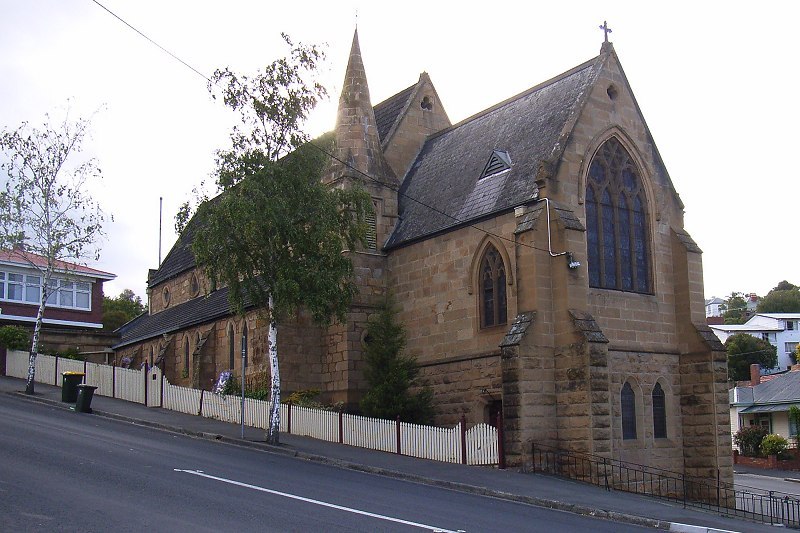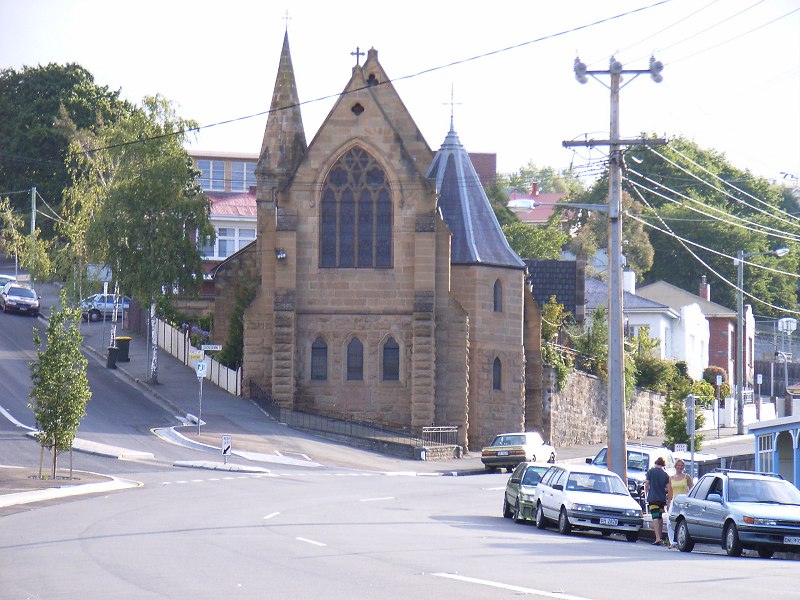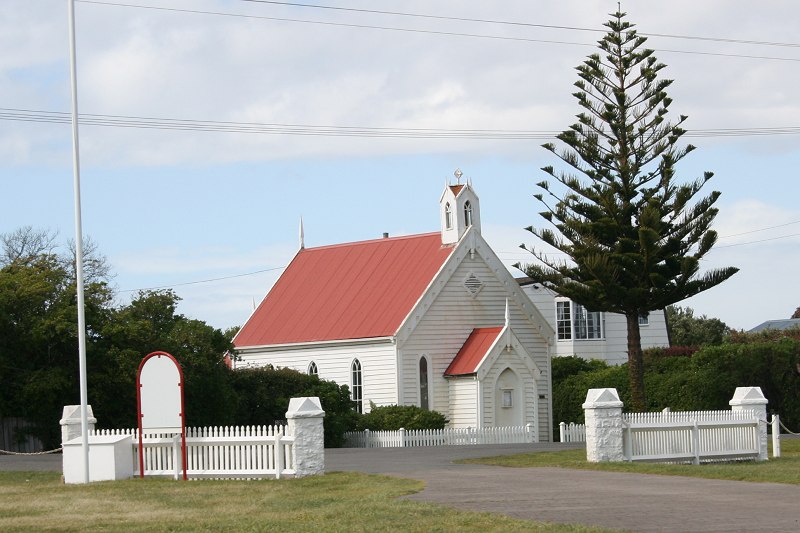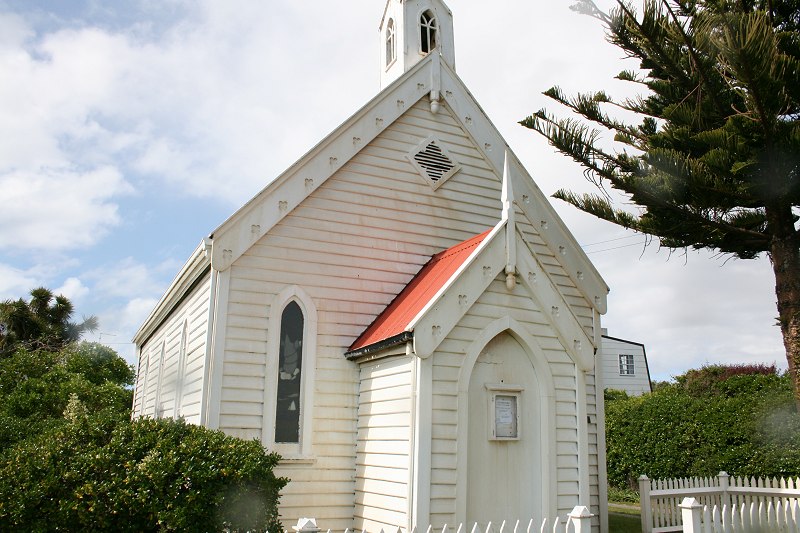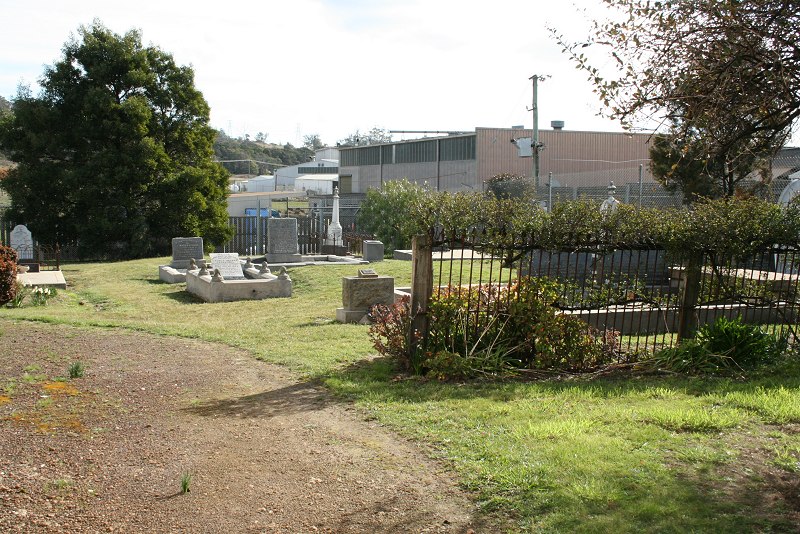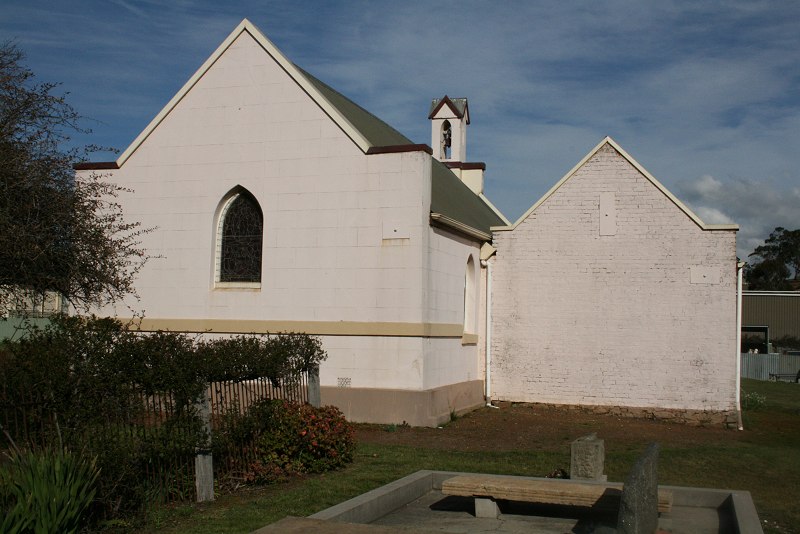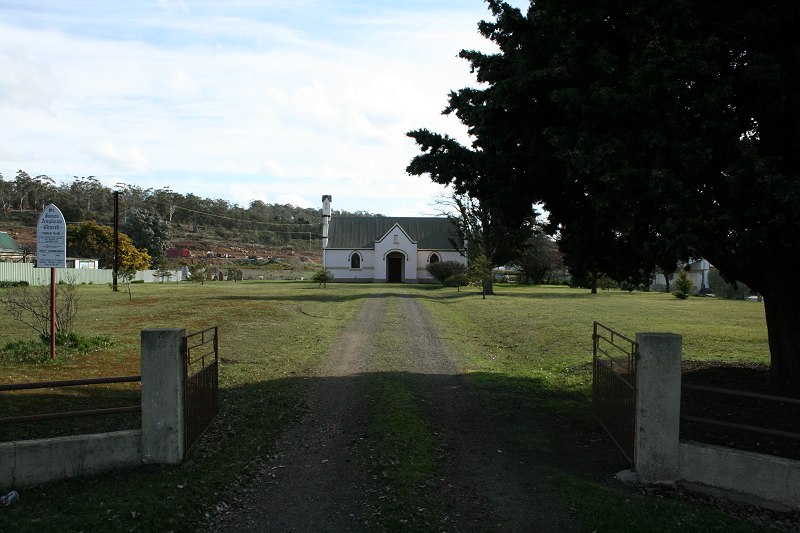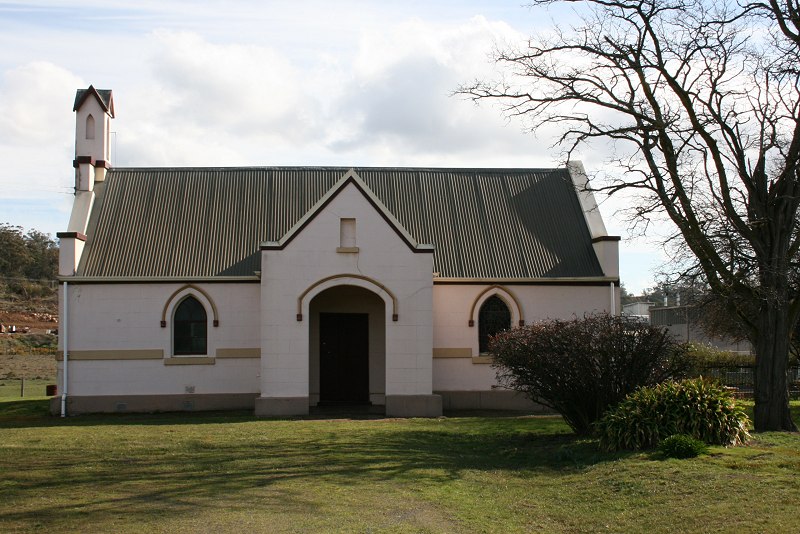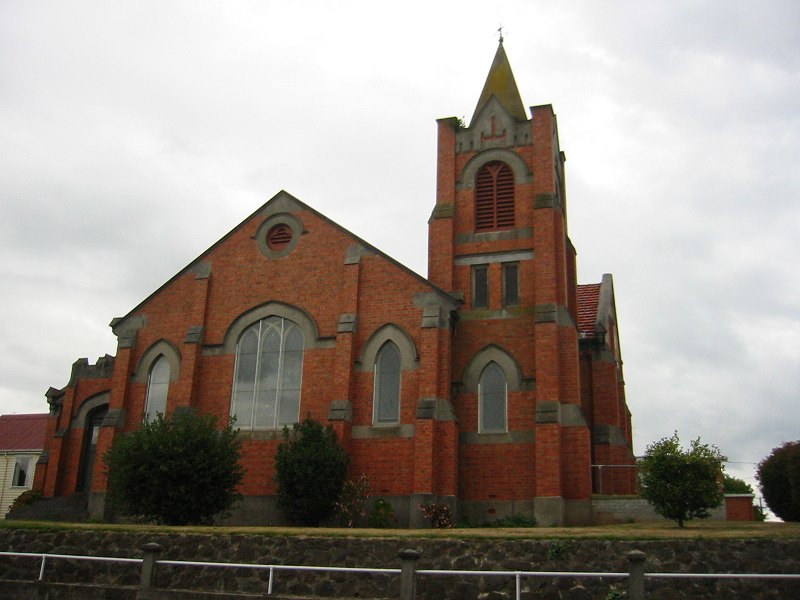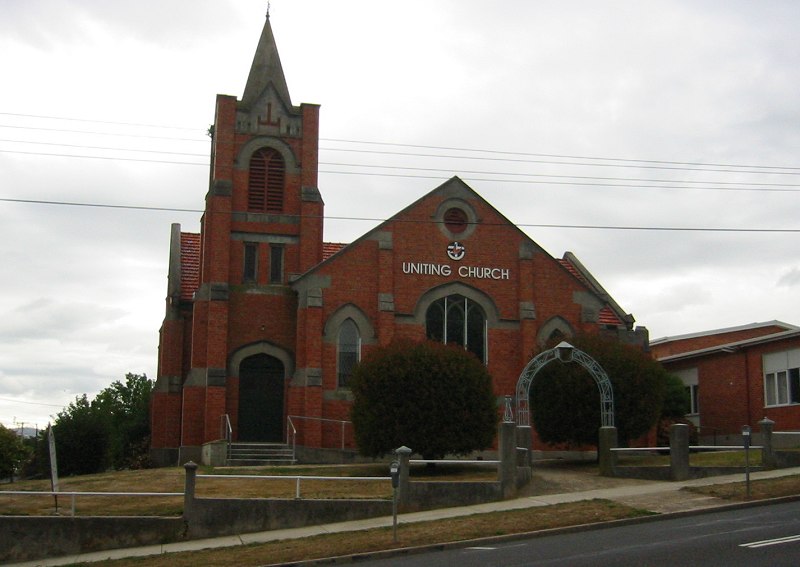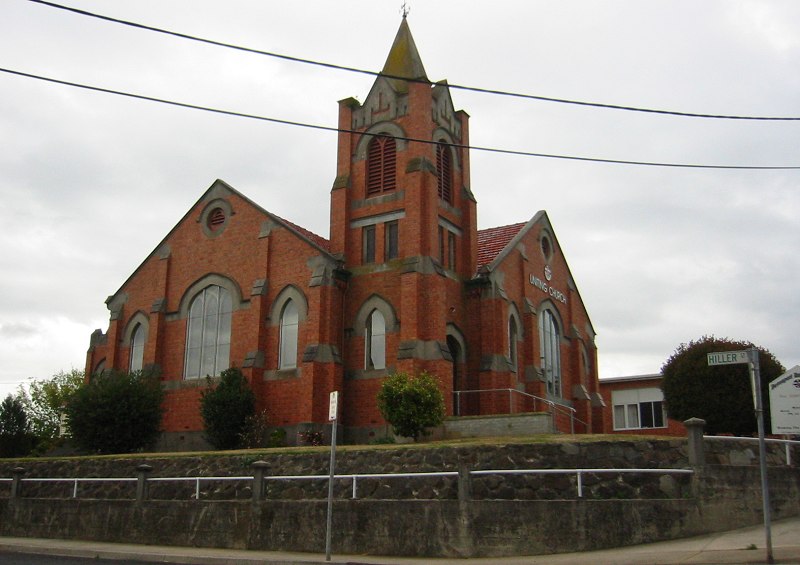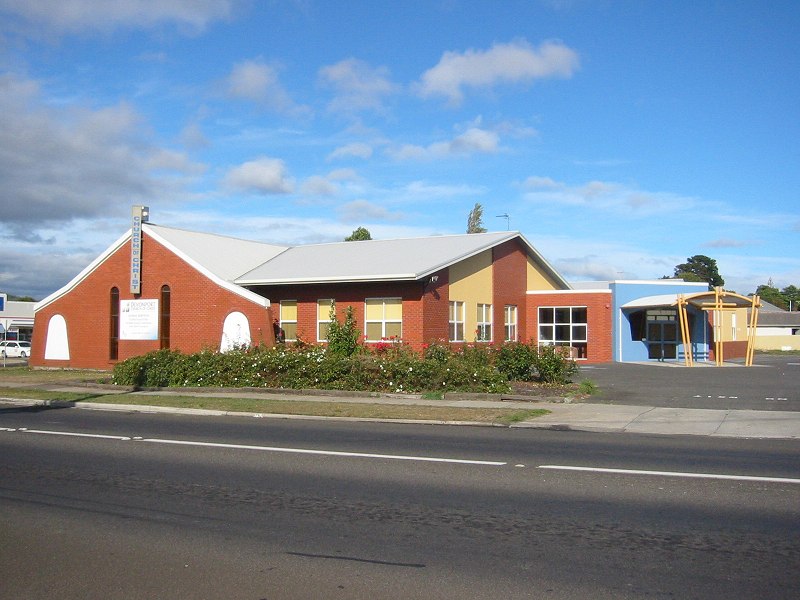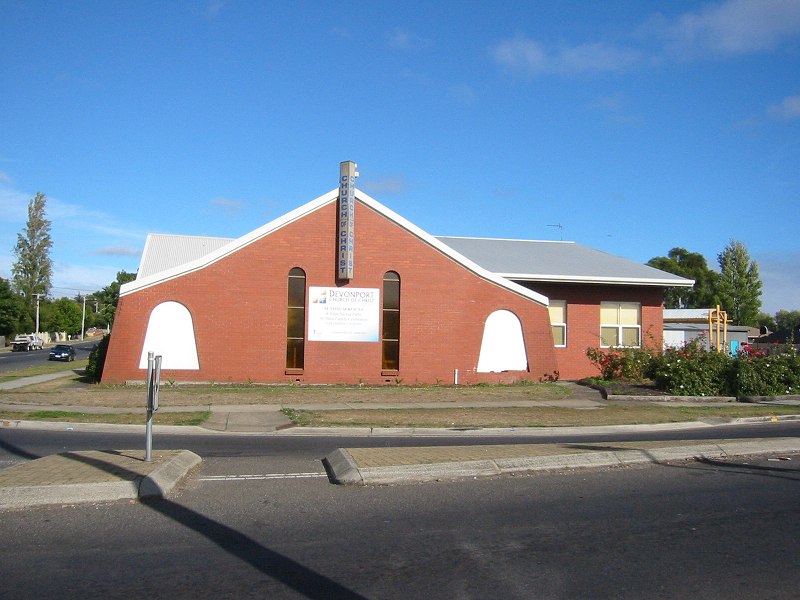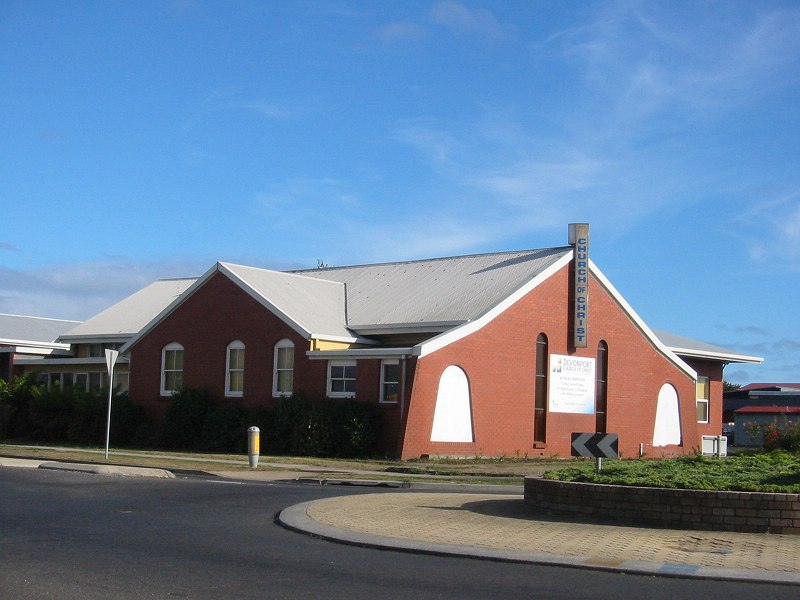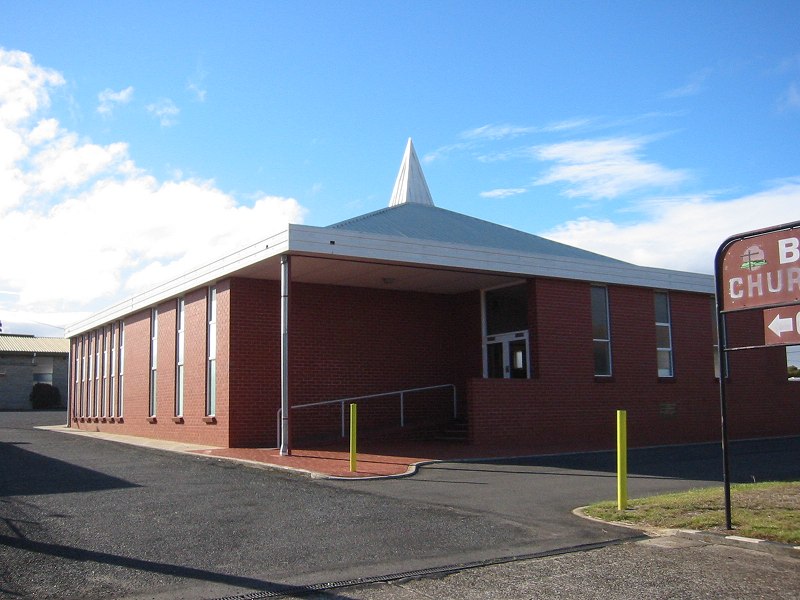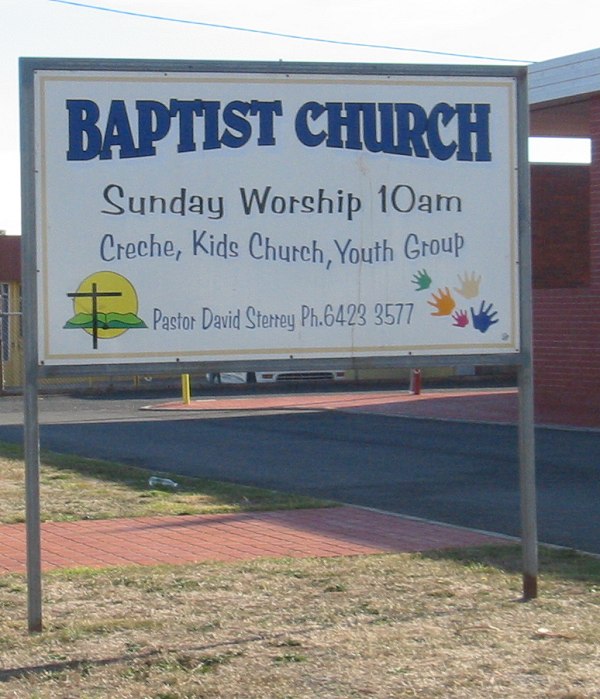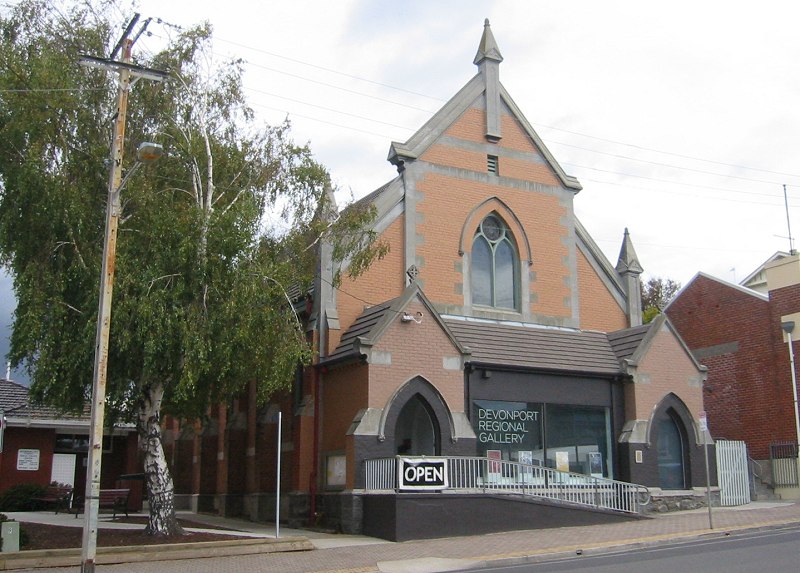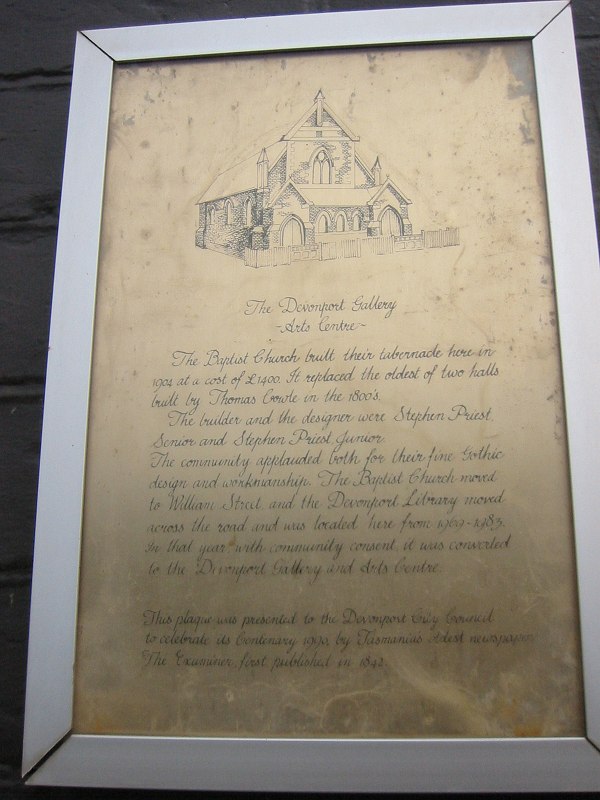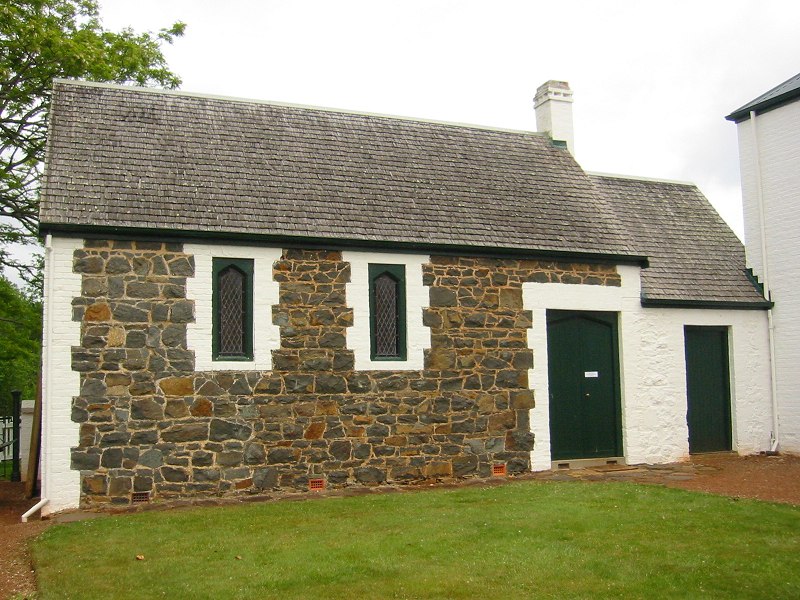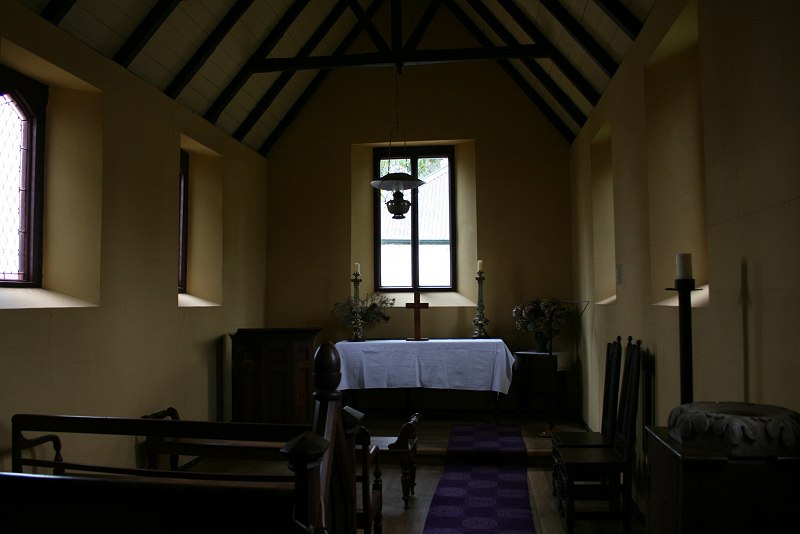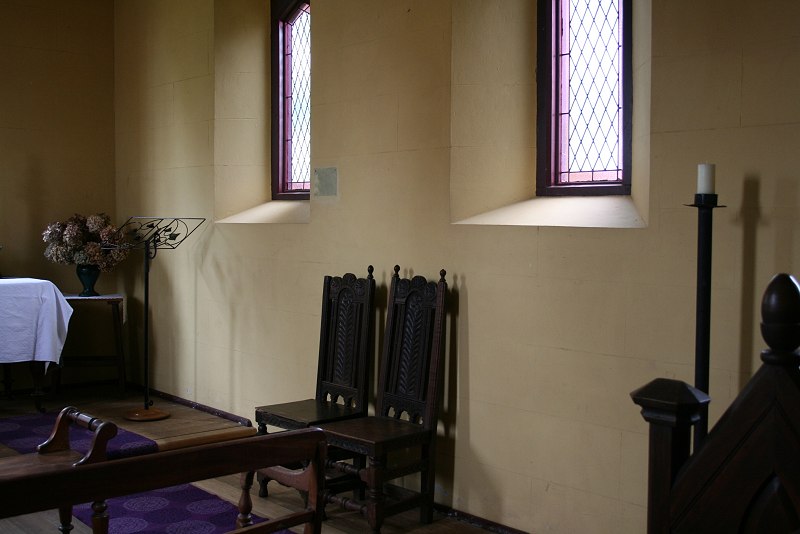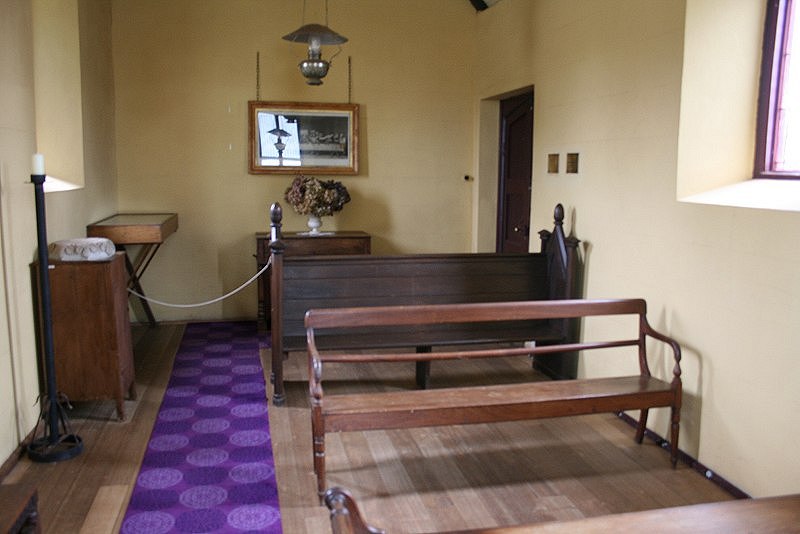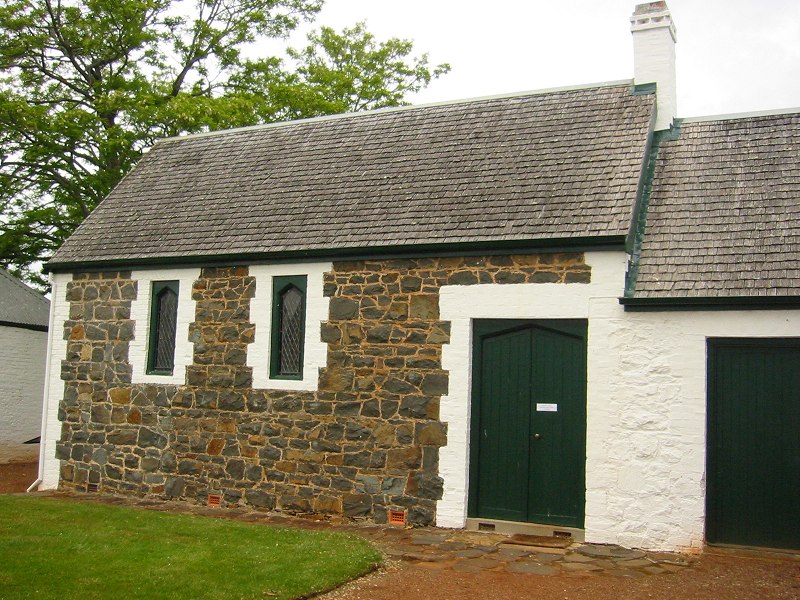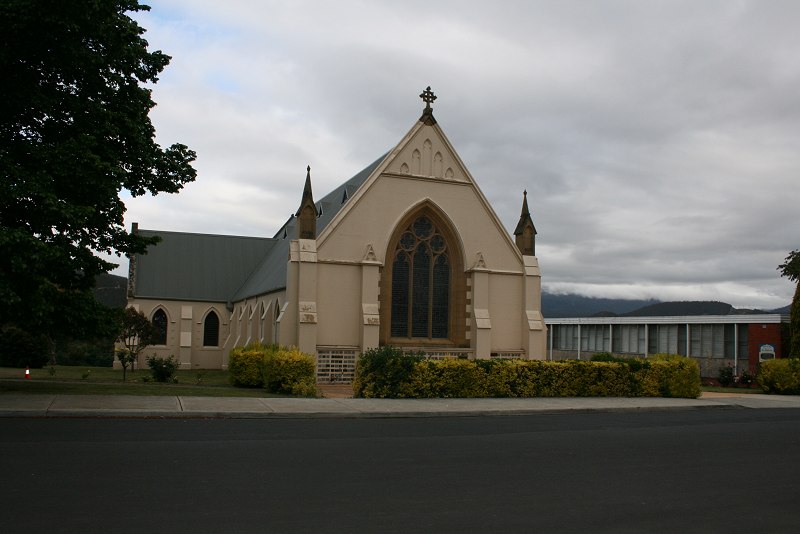
St Matthews lays claim to being the oldest Anglican Church in Tasmania, bring opened in 1823. An article in the Mercury written for the St Matthew’s centenary in 1925 talks about the history of the church:
Mr. Knopwood retired in 1823 from the chaplaincy of Hobart, and come to live in
New Norfolk, and in the same year the inhabitants of New Norfolk applied to
the Governor-in-Chief at Sydney that he might be appointed chaplain of New Nor-
folk, stating that there was a brick school which could be used as a temporary
church.
The arrival of the official minister, Rev Hugh Robinson two years later, and his first service, is the date used for the centenary:
The beautiful church of St. Matthew’s as it now is, its gabled roof, stained glass windows, and noble chancel, is a very different building from what it was when the church was first erected. All that is left of the original building are the walls and flagged floor of the nave, and possibly the western walls of what are now the transepts. And even as to these there is a certain amount of doubt. The foundation stone of the chancel has on it the words, “Erected in 1825, Chancel added in 1894.” But there was a schoolhouse which, begun in 1823, was finished in 1824. Whether this was the present nave or part of it is uncertain, though there is little doubt that a portion of the present church was originally built for a school. It was not used definitely as a church till Mr. Robinson’s time, for, it was in the month that he arrived there, August, 1825, that tenders were submitted for church furniture, and a pulpit, reading desk and communion table put in the building. The carpentry work in the building was of a poor quality; for on Sunday, December 4, 1825, a portion of the ceiling fell in.
As well as obtaining the fittings, that year there was construction work taking place:
We understand with much pleasure, that New Norfolk, the favourite retirement of
Colonel Sorell and other distinguished characters, is rapidly becoming improved.
The church, in which the Rev Robert Knopwood, M. A. regularly preaches has been
considerably enlarged.
Hobart Town Gazette, 22 April 1825
At New Norfolk, the Church is roofed in, and completed.
Hobart Town Gazette, 20 August 1825
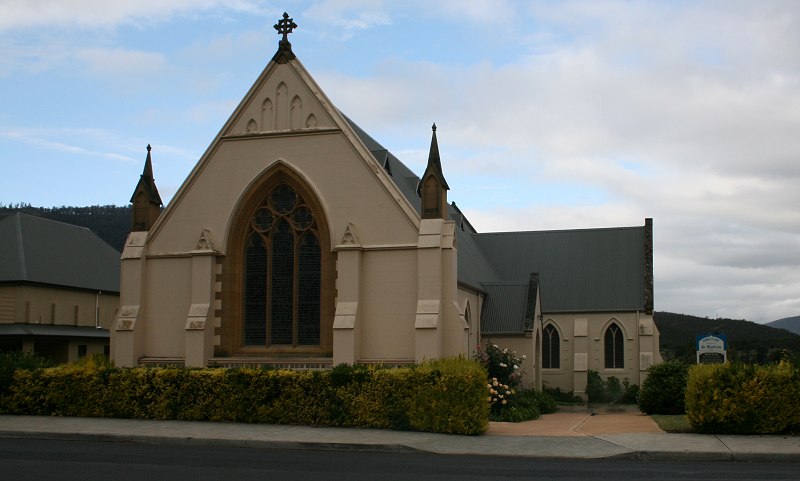
Since that time, the building has been extensively modified and its appearance has dramatically changed. A postcard from the State Library of Victoria with an illustration c.1825 and an engraving from LINC Tasmania, published in 1834 both show a church building very different to that in the above photo.
More recent photos:
This one is dated 1890s (prior to the rebuilding in 1894?)
This, from the early 20th century, has a more familiar form.
Continue reading →
